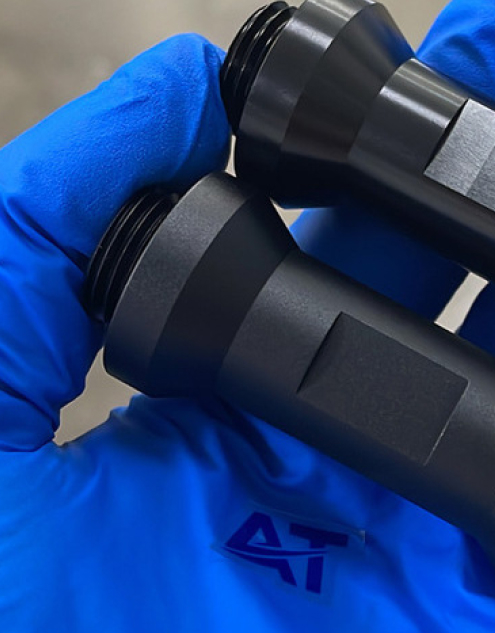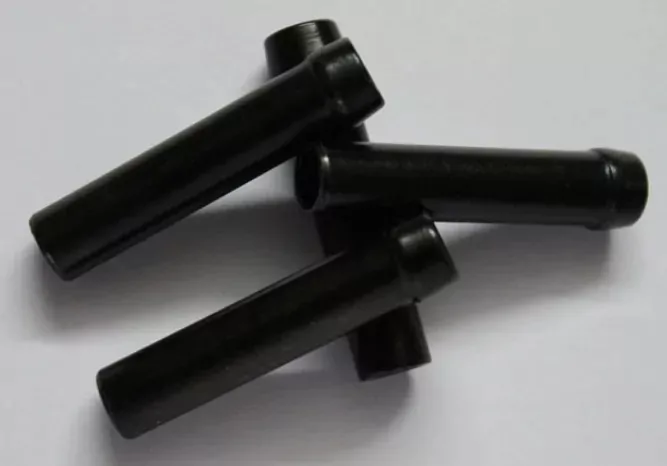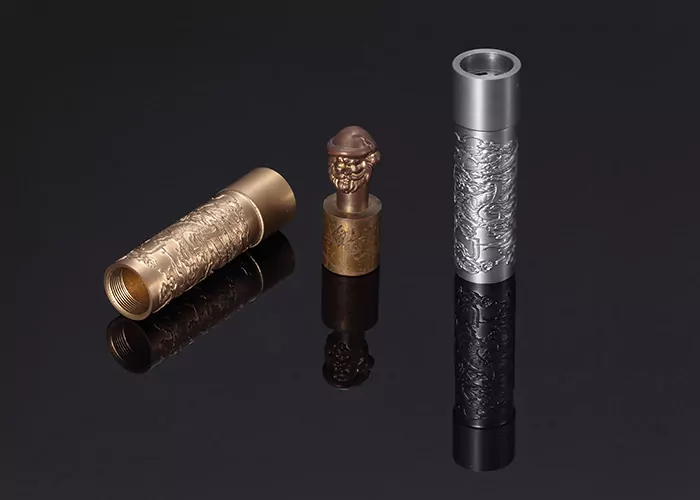Plating
Plating (also known as electroplating) is a surface finishing technology that involves depositing metal ions onto the surface of a substrate called a cathode through an electrolytic process to form a uniform, dense metal film.
Plating can change the appearance of the substrate and improve its corrosion resistance, hardness, and wear resistance.
There are several types of plating according to the metal or alloy deposited. Common plating includes zinc plating, nickel plating, copper plating, chrome plating, etc.


Materials for
Plating Service

High machinability and ductility. Aluminum alloys have good strength-to-weight ratio, high thermal and electrical conductivity, low density and natural corrosion resistance.

Steel is a strong, versatile, and durable alloy of iron and carbon. Steel is strong and durable. High tensile strength, corrosion resistance heat and fire resistance, easily molded and formed. Its applications range from construction materials and structural components to automotive and aerospace components.

Stainless steel alloys have high strength, ductility, wear and corrosion resistance. They can be easily welded, machined and polished. The hardness and the cost of stainless steel is higher than that of aluminum alloy.

Highly resistant to seawater corrosion. The material’s mechanical properties are inferior to many other machinable metals, making it best for low-stress components produced by CNC machining.

Brass is mechanically stronger and lower-friction metal properties make CNC machining brass ideal for mechanical applications that also require corrosion resistance such as those encountered in the marine industry.

Few metals have the electric conductivity that copper has when it comes to CNC milling materials. The material’s high corrosion resistance aids in preventing rust, and its thermal conductivity features facilitate CNC machining shaping.

Iron is an indispensable metal in the industrial sector. Iron is alloyed with a small amount of carbon – steel, which is not easily demagnetized after magnetization and is an excellent hard magnetic material, as well as an important industrial material, and is also used as the main raw material for artificial magnetism.
Design Considerations
- Material Compatibility: Choose plating materials that are compatible with the base metal to avoid issues like adhesion failure or corrosion. Commonly plated metals include copper, nickel, gold, and chrome.
- Surface Preparation: Proper surface cleaning and preparation are critical. This may involve processes like degreasing, derusting, and etching to enhance adhesion.
- Plating Thickness: Determine the appropriate thickness of the plating layer, which can affect durability, corrosion resistance, and conductivity. Balance between the functional requirements and cost is key.
- Mechanical Properties: Assess how the plating could affect the mechanical properties of the underlying metal, such as tensile strength and hardness.







